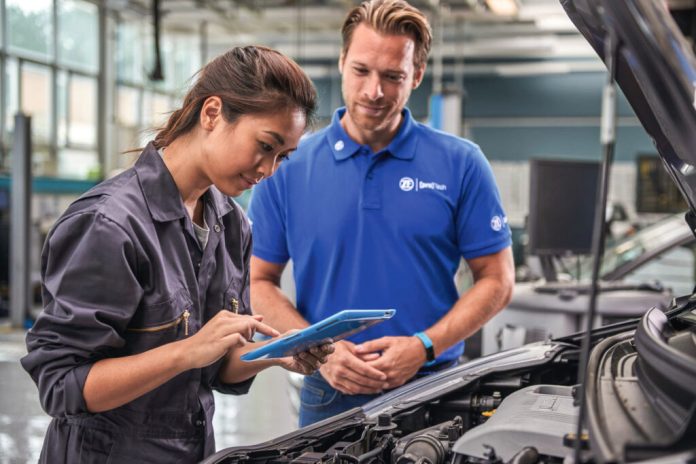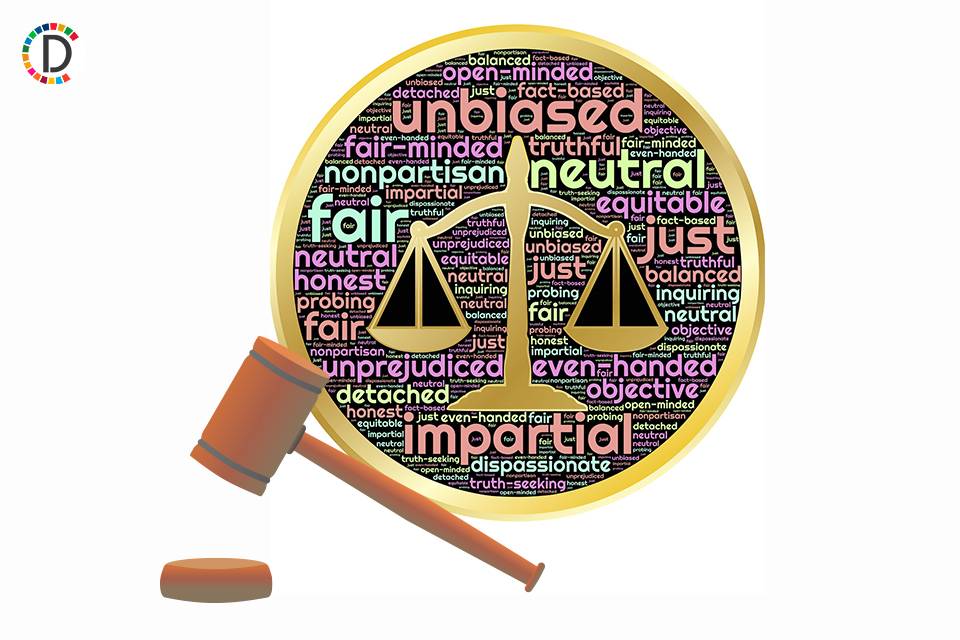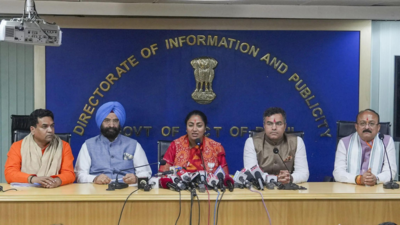
Access to clean drinking water is essential for good health. While reverse osmosis (RO) systems are effective at removing contaminants, not everyone has access to them. Fortunately, there are several alternative methods to purify water and make it safe for consumption.
Here are five effective ways to purify water if you don't have an RO system.Here Are 5 Ways To Purify Water If You Don't Have RO1. BoilingBoiling is one of the oldest and most reliable methods of purifying water.

It kills bacteria, viruses, and parasites that may be present in untreated water. To purify water through boiling:Bring the water to a rolling boil for at least 5-10 minutes.Let it cool before drinking.
Store it in a clean, covered container.While boiling removes most microorganisms, it does not eliminate dissolved impurities like heavy metals or chemicals. However, it remains a simple and effective method, especially during emergencies.
2. Filtration Using a Ceramic or Charcoal FilterIf you do not have an RO system, using a water filter with ceramic or activated charcoal elements can help remove impurities.Ceramic filters have tiny pores that block bacteria and sediments.
They are reusable and easy to maintain.Charcoal filters absorb chlorine, pesticides, and organic compounds, improving the taste and odour of water.These filters do not remove all viruses or heavy metals, so combining them with other purification methods is advisable.
Water purifiers are effective but not the only method of water purificationPhoto Credit: Pexels3. Solar Disinfection (SODIS)Solar disinfection, or SODIS, is a simple and cost-effective method that utilises the sun's UV rays to kill bacteria and viruses. It is particularly useful in rural or disaster-struck areas.
Fill a transparent plastic or glass bottle with clear water.Place the bottle in direct sunlight for at least 6 hours (or 2 days if it's cloudy).The UV rays will neutralise harmful microorganisms, making the water safe to drink.
This method works best with clear water. If the water is cloudy, let it settle and filter it through a cloth before placing it in the sun.4.
ChlorinationAdding chlorine or bleach to water is a widely used method to disinfect and kill harmful microbes. It is commonly used in municipal water treatment and can be done at home in emergencies.Add 2-4 drops of liquid household bleach (unscented) per litre of water.
Stir well and let it sit for at least 30 minutes before drinking.If the water smells strongly of chlorine, let it stand longer or aerate it by pouring it between two containers.Chlorination is effective against bacteria and viruses but does not remove heavy metals or chemical contaminants.
This method should be used under expert supervision only.5. DistillationDistillation is one of the most effective ways to purify water, as it removes nearly all contaminants, including bacteria, viruses, heavy metals, and salts.
Boil water and collect the steam in a separate container.The steam condenses back into liquid form, leaving behind most impurities.Distillation is an excellent method for obtaining pure water, but it can be time-consuming and requires energy.
If you do not have an RO system, these five methods can help purify water effectively. While each method has its pros and cons, combining them can provide safer drinking water. Access to clean water is crucial for health, so always ensure that your purification method suits the quality of water available to you.
.















